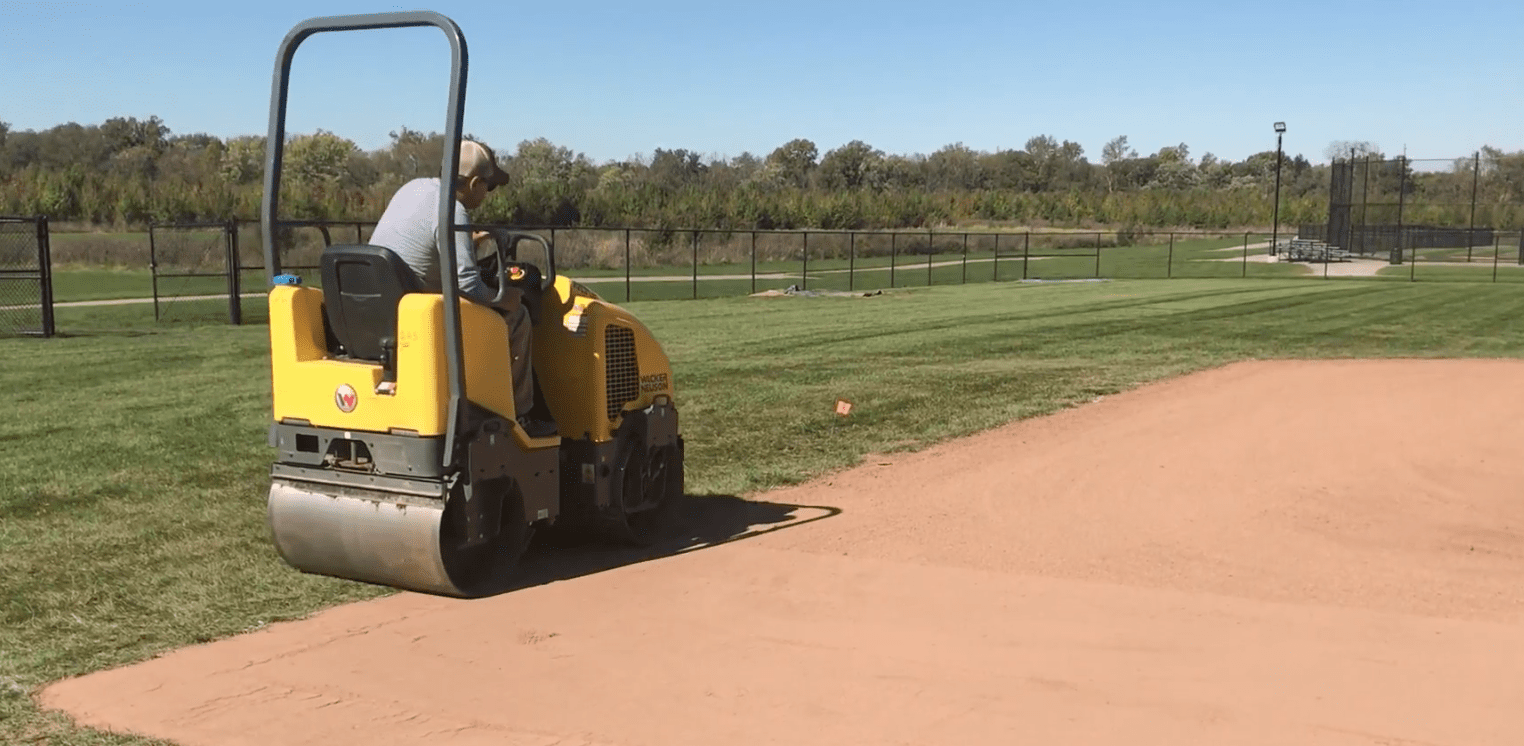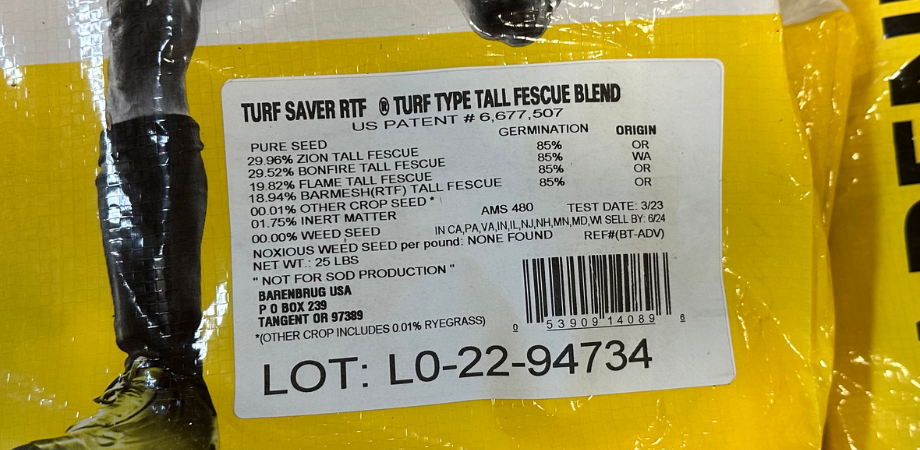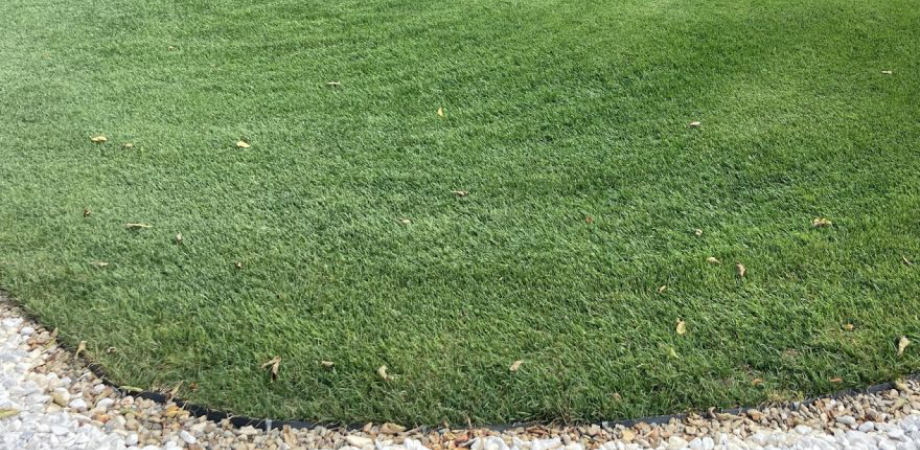The biggest responsibility of groundskeepers, coaches, and athletic field managers is to provide the safest and most playable field possible—and rolling the infield is one of the best ways to achieve this goal.
Benefits of Rolling an Infield
- Rolling helps provide a smooth playing surface.
Bumpy and uneven surfaces can be caused by temperature variations (such as frost heaving), uneven growth, and traffic from people and equipment. In addition to being a major trip hazard, a bumpy and uneven infield will cause unpredictable ball bounce. Rolling can help fix those safety and playability issues.
- Rolling settles your infield.
This ensures the mix will hold its grade, and your conditioner or topdressing will not migrate into the base material.
- Rolling will also make the infield mix firmer.
This will allow for good ball roll starting at the beginning of the season.
- Rolling helps prevent minor divots or chunking following heavy play.
For small fixes throughout the season, solid rollers attached to mowers are a good light rolling tool, which can help provide an even smoother surface.
Important Note: It’s a common misconception that rolling promotes compaction in turf areas of the field, which we want to avoid. Regular aeration should offset any (minimal) compaction that may occur. Wet soils are more prone to compaction from rolling, while areas with 100% turf cover and a good mat layer are seldom compacted by moderate rolling.
Best Practices for Rolling an Infield
- Choosing the right equipment is important, and a 300-1000-pound turf roller with rounded edges will fit the bill. This type of roller will apply pressure similar to a heavy mower (three to seven pounds per square inch).
- Rolling is most effective when the mix is still moist but not too dry (We’ll cover how to tell when to roll in the next section).
- Pay particular attention to transition areas between the infield mix and turf to prevent a hard edge.
- For a smooth transition, extend the roller partially over the turf area.
When to Roll Your Infield
The first rolling should take place when you open your field for the first time and before any traffic hits it.
When you can walk on the infield without material staying on your shoes, that’s a sign that the soil profile is frost-free, meaning it’s time to roll. Roll the infield conditioner and mix it over several passes.
After a Rain Event
After rain events, rolling will not improve high and low areas that cause water pockets, or “bird baths.” Grading will be needed to fix these issues. Topdressing, core aeration, and dragging can help fill these and other smaller depressions while making the field smoother. Remember that preparing your infield for a rain event is just as important as cleaning up.
Amending or in New Construction Scenarios
Rolling the skinned areas of baseball and softball fields is an important step when amending or in new construction scenarios. A one to three-ton twin drum roller is recommended to ensure that the surface will be smooth and free from any visible dips and humps that can hinder positive surface drainage and affect playability.
Rolling after installation or amendment will minimize additional settling and improve the performance of the infield mix. Proper moisture is critical for getting the best compaction possible. When the desired level of compaction can’t be achieved with a roller, irrigation and/or natural rainwater will provide additional settling and increase compaction.
After Heavy Play
Rolling infield skins can help improve minor divots or chunking following heavy play. Field managers should pay particular attention to the transition areas between skinned and turf. A bad edge reduces both playability and player safety. When rolling a skinned infield, as we mentioned earlier, the roller should partially extend over the turf area to reduce creating a lip or hard edge, which provides a smoother transition.
Rolling your infield is an important practice that can help make your field look better, play better, and be safer for the athletes who use it. For more info on rolling your infield and products that can help you accomplish it, reach out to your ATS rep.












